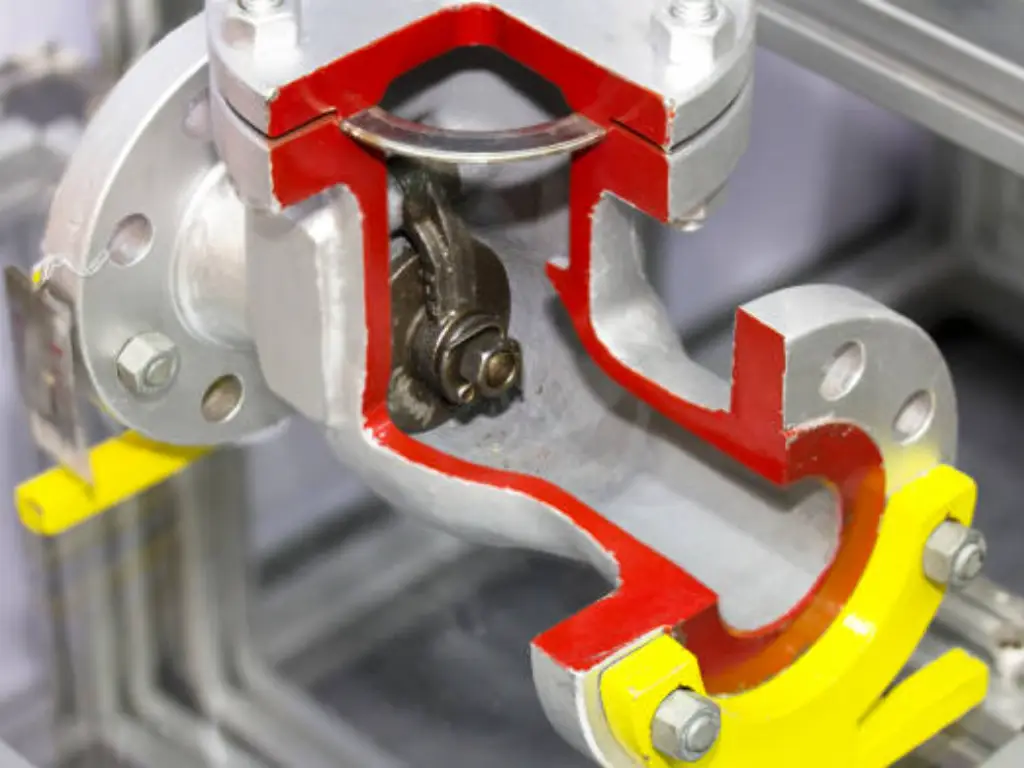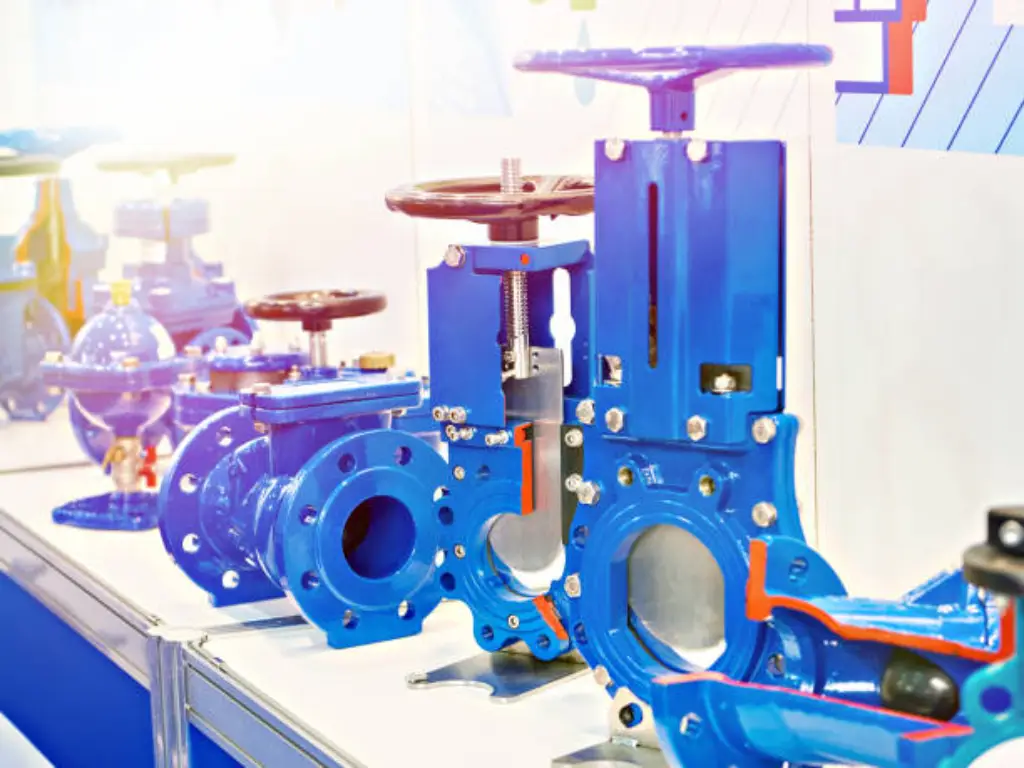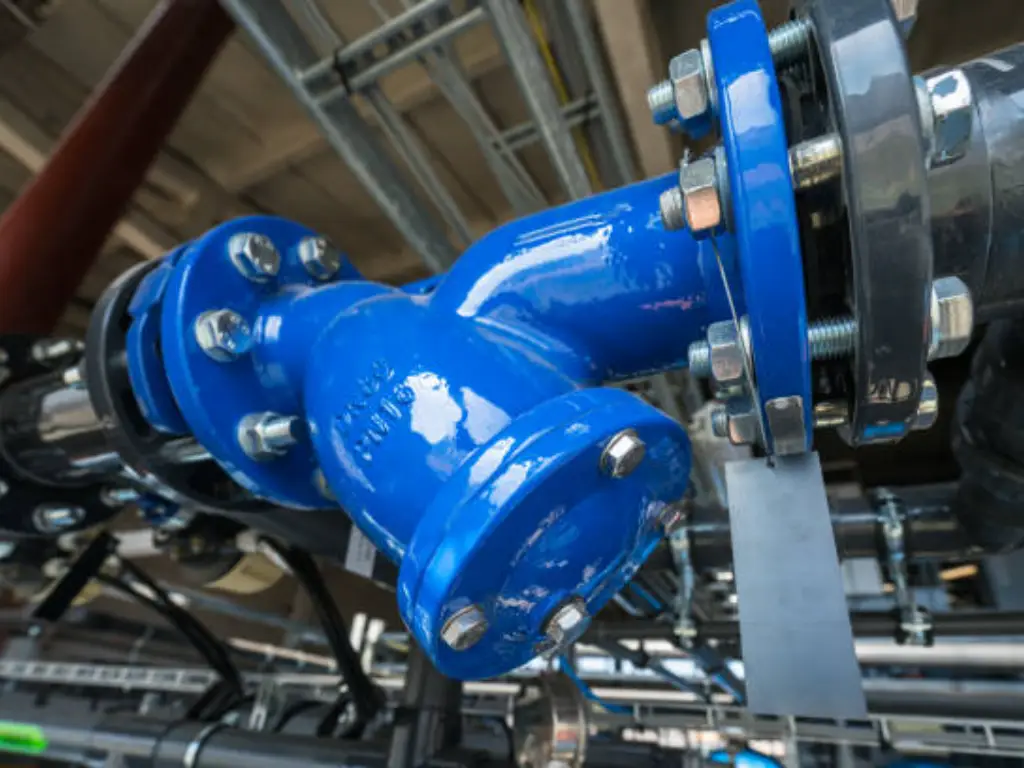Defining Cracking Pressure in Check Valves
In the meticulous world of flow control, every component, no matter how small, holds monumental importance in maintaining the equilibrium of a system. As someone who has spent over two decades tinkering with the guts of countless machinery, I can tell you that a check valve is more than a piece of hardware—it’s the silent guardian of any pressurized system. Today, we’re going to delve deep into the heart of these components, examining the very pulse of their operation: the cracking pressure.

The Role of Cracking Pressure in Flow Control
To understand the soul of a check valve, one must first comprehend the significance of its cracking pressure. Picture this: a pipeline, like the lifeblood of an industrial system, relies on the seamless direction of flow. The check valve, with its precise cracking pressure, ensures that this flow is a harmonious melody rather than a chaotic cacophony. The cracking pressure—often measured in pounds per square inch (psi) or kilopascals (kpa)—is the minimum upstream pressure needed to open a valve just enough, allowing the detectable flow to transition from a mere whisper to a steady hum.It’s like the initial resistance you feel when you push open a heavy door—a measure of both anticipation and precision. This isn’t about brute force; it’s about the subtle interplay between pressure and movement. Without the correct cracking pressure, you might as well be trying to dance a waltz with two left feet.
The Mechanics of Check Valves
How Check Valves Operate
Let’s unravel the mechanical poetry of check valves. Imagine a check valve as a vigilant sentry within the pipeline. Its mission is clear: to allow the flow of materials in the desired direction and to halt any reverse flow dead in its tracks, much like a seasoned bouncer allowing patrons into a venue while keeping the unwanted out. The valve operates by opening and closing based on the flow direction, with cracking pressure acting as the threshold that initiates this process.The mechanics are deceptively simple: a spring-loaded poppet, a steadfast flapper, or a swinging disc. When the inlet pressure reaches the set cracking pressure, the valve springs into action—quite literally. It’s the embodiment of restrained power, held in check by a meticulously calibrated spring force, ensuring that only when the conditions are just right does it perform its duty.
The Dynamic Elements of Check Valves
Delving deeper, we recognize that check valves are not one-size-fits-all solutions. Each valve comes with its own technical specifications, tailored for its specific application. You have swing check valves, often used in larger pipelines, relying on gravity and the flow itself to open and close. Then there are piston check valves, the stalwarts of high-pressure environments, where a piston and a spring collaborate to regulate the flow.It’s the interplay of these dynamic elements—the spring, the poppet, the piston, and the flapper—that makes the check valve not just a mechanical device but a dynamic performer, responding to the ebbs and flows of pressure with the grace of a seasoned artist.
Cracking Pressure: The Starting Point of Valve Function
Understanding the Threshold of Flow
Cracking pressure is where our journey begins. It’s the proverbial starting line for the valve’s operation—the point where the spring’s resistance gives way to the pressure of the fluid. This isn’t just about opening a pathway; it’s about doing so at the right moment, with the precision of a conductor timing the entrance of an instrument into an orchestra. Too soon, and you risk leakage; too late, and you face the risk of a water hammer—an aptly named phenomenon that can cause premature wear or even catastrophic failure.
The Significance of Pressure Differential
The pressure differential is the unsung hero in this narrative. It’s a measure of the pressure difference between the inlet and the outlet, a gauge of the driving force that dictates the valve’s performance. Just like a navigator uses the stars to chart a course, a technician uses the pressure differential to map out the valve’s journey, ensuring that it operates not just effectively but efficiently.

Testing and Measuring Cracking Pressure
Testing and measuring the cracking pressure of a valve is akin to a ritual. It’s a process that demands not just technical expertise but a touch of finesse. Using a pressure gauge, one measures the upstream pressure, gently increasing it until the valve shows signs of life—the slightest movement, a hint of opening. It’s at this juncture that the cracking pressure is recorded—a number that will dictate the valve’s destiny.
Design Factors Influencing Check Valve Cracking Pressure
Transitioning from the basics of cracking pressure, we now explore the elements that mold this critical threshold. It’s not just about the numbers; it’s about the materials and design that breathe life into those numbers.
Material and Construction Considerations
When it comes to materials, stainless steel stands out for its resilience and consistency. It’s like the steadfast friend who’s always there, ensuring the valve can handle the ebb and flow of pressure without a hitch. Stainless steel’s longevity and the ability to maintain performance across multiple productions are just a few of its sterling qualities.But let’s not overlook the diversity of the material family. Brass, alloy steel, and PVC each bring their unique strengths to the table. Brass, with its corrosion resistance, is like the wise elder of the group, offering a legacy of reliability. Alloy steel, robust and versatile, is the workhorse, ready to take on high-pressure scenarios. And PVC, light and adaptable, is the innovator, ideal for less aggressive environments.The construction of a check valve is equally pivotal. A robust valve body, springs that marry flexibility with toughness, and a valve seat that seals the deal—all these components are the unsung heroes that define a check valve’s threshold. They’re the ones adjusting the cracking pressure to meet the demands of the environment, and as they face wear and tear, they also influence the valve’s aging grace.
The Impact of Valve Size and Shape
Now, size and shape are not just aesthetic choices; they’re functional determinants. Smaller check valves often have a lower cracking pressure compared to their larger counterparts. It’s a bit like comparing a small stream to a mighty river—the larger the river (or valve), the more force (or pressure) is needed to push things forward.As the valve scales up, so do the materials and components, demanding a higher minimum pressure to allow fluid passage. And let’s not forget the role of gravity—whether a valve is installed vertically or horizontally, it can sway the cracking pressure due to the pull of our ever-present companion, gravity.In the end, every detail counts. The type of valve, the design of the check valve, the valve body, and the valve spring—all these elements come together to create a symphony of pressures that must harmonize perfectly for optimal performance.To encapsulate the influence of these materials and designs on cracking pressure, consider the following table:
| Material | Impact on Cracking Pressure |
| Stainless Steel | High resilience, consistent performance |
| Brass | Good for lower pressures, resistant to corrosion |
| Alloy Steel | Suitable for high-pressure applications |
| PVC | Ideal for non-corrosive environments, lower pressure |
| Design | Impact on Cracking Pressure |
| Valve Size | Larger sizes require higher cracking pressure |
| Valve Shape | Design can affect flow dynamics and pressure requirements |
| Valve Body | Must withstand the operational pressure |
| Valve Spring | Spring force determines initial cracking pressure |
In crafting this table, it’s not about presenting a case study; it’s about giving you, the professional, a clear and concise reference to make informed decisions about the right check valve for your specific application, considering the working pressure and the design intricacies that come into play.

The Significance of Cracking Pressure
Cracking Pressure’s Impact on Valve Performance
Cracking pressure isn’t merely a static figure; it’s a pivotal factor that influences the check valve’s performance. It’s the breath that initiates the valve’s function, and the initial beat of the drum sets the rhythm for the entire system. A correctly set cracking pressure means a valve that opens when it should, ensuring a steady flow and a system humming with efficiency.
The Relationship Between Cracking Pressure and System Efficiency
The symphony of a well-tuned system resonates with the harmony of its parts. Cracking pressure, in this symphony, is the maestro, guiding the tempo and ensuring each element performs at its peak. Too-high cracking pressure can strain the system, leading to inefficiencies and increased wear. Conversely, a too-low cracking pressure may lead to leakage or reverse flow, akin to a misstep in a meticulously choreographed ballet.
Cracking Pressure’s Role in Preventing Backflow
Preventing backflow is the raison d’être of any check valve. The right check valve cracking pressure is a bulwark against the chaos of reverse direction flow, a preventative measure ensuring that the system’s integrity is never compromised. It’s a fine line between control and disorder, and the cracking pressure is the line drawn in the sand, the sentinel standing watch against the tides of back pressure ready to surge in the wrong direction.

Adjusting Cracking Pressure for Different Applications
When Should I Adjust the Cracking Pressure?
There are times when the standard isn’t quite up to snuff—when the specific application demands a bespoke approach. Adjusting the cracking pressure is a delicate endeavor, requiring a judicious blend of knowledge and intuition. It’s like tuning an instrument to find the perfect pitch—the exact resonance that aligns with the needs of the application.
Customizing Cracking Pressure for Specific Needs
Customization is the soul of precision engineering. Whether it’s the gentle flow required in a medical device or the robust demands of an industrial compressor, the cracking pressure can be fine-tuned to fit the bill. It’s not about overpowering the system’s needs but about meeting them with the precision of a master tailor—a nip here, a tuck there, until the fit is just perfect. Dombor’s expert team is capable of customizing valves for specific requirements, tell us about your project and get your ideal valves now!
Conclusion: The Critical Nature of Check Valve Opening Pressure
In closing, the essence of cracking pressure in check valves cannot be overstated. It is not simply a feature to be calibrated; it is the heartbeat of the valve’s operation, a fundamental characteristic that defines its role within a system. As we have seen, the correct cracking pressure is the harbinger of efficiency, the protector against backflow, and the custodian of a system’s balance.In my years on the workshop floor, the gleam of stainless steel, the whiff of hydraulic oil, and the silent hiss of a perfectly functioning check valve have been constant companions. It’s this dance with pressure, this continual pursuit of balance, that makes the world of flow control not just a technical endeavor but a journey filled with the excitement of discovery and the satisfaction of precision.Remember, when it comes to check valves, the devil is indeed in the details, and the angel is in the cracking pressure.









